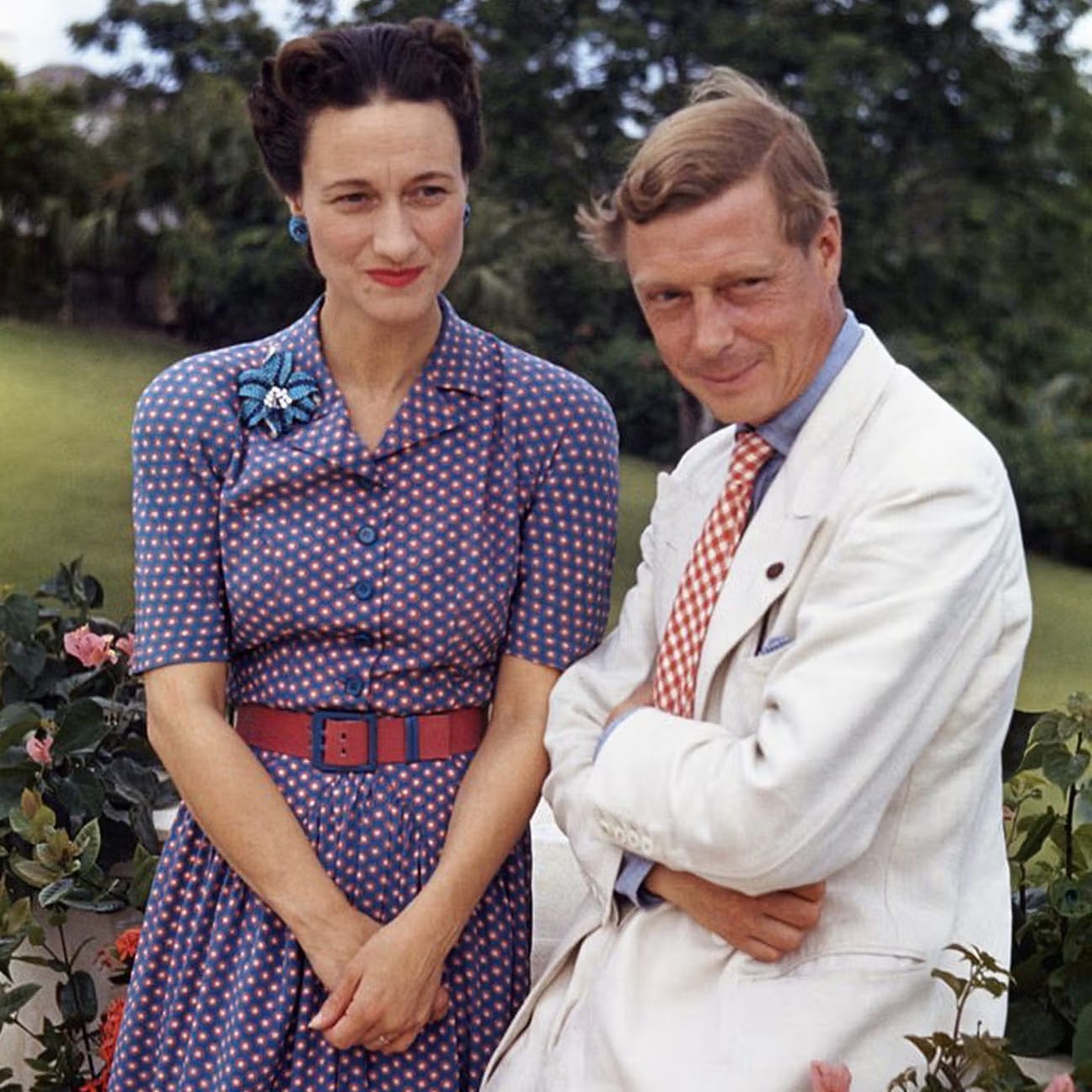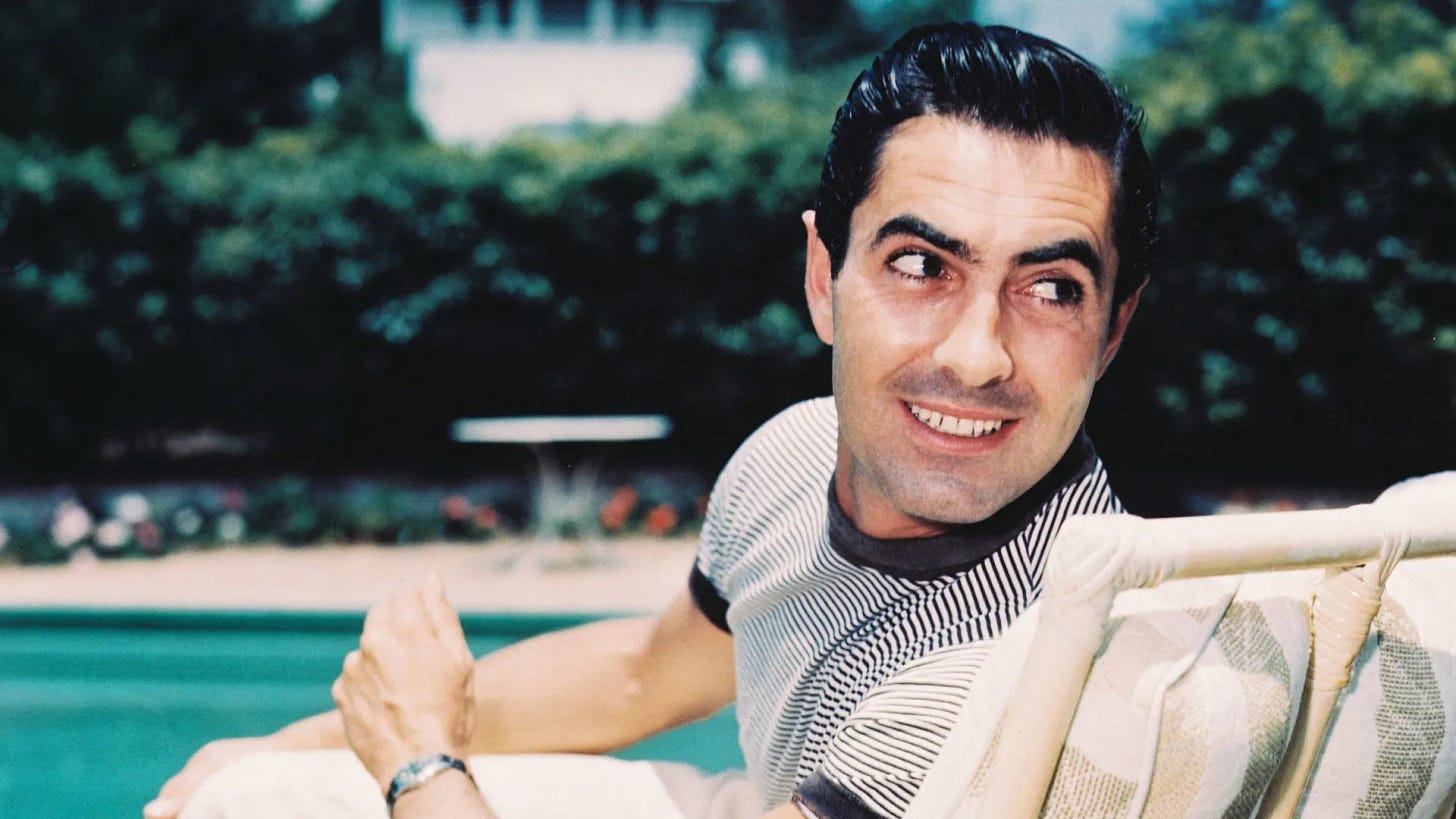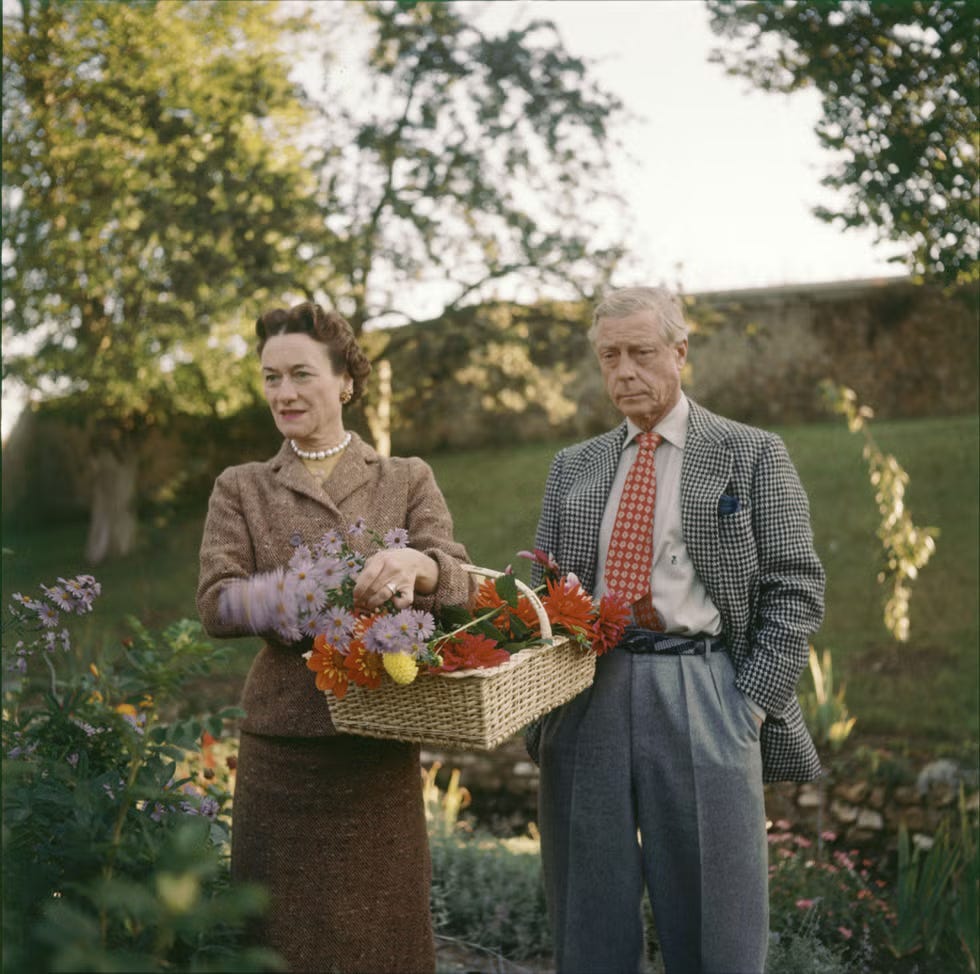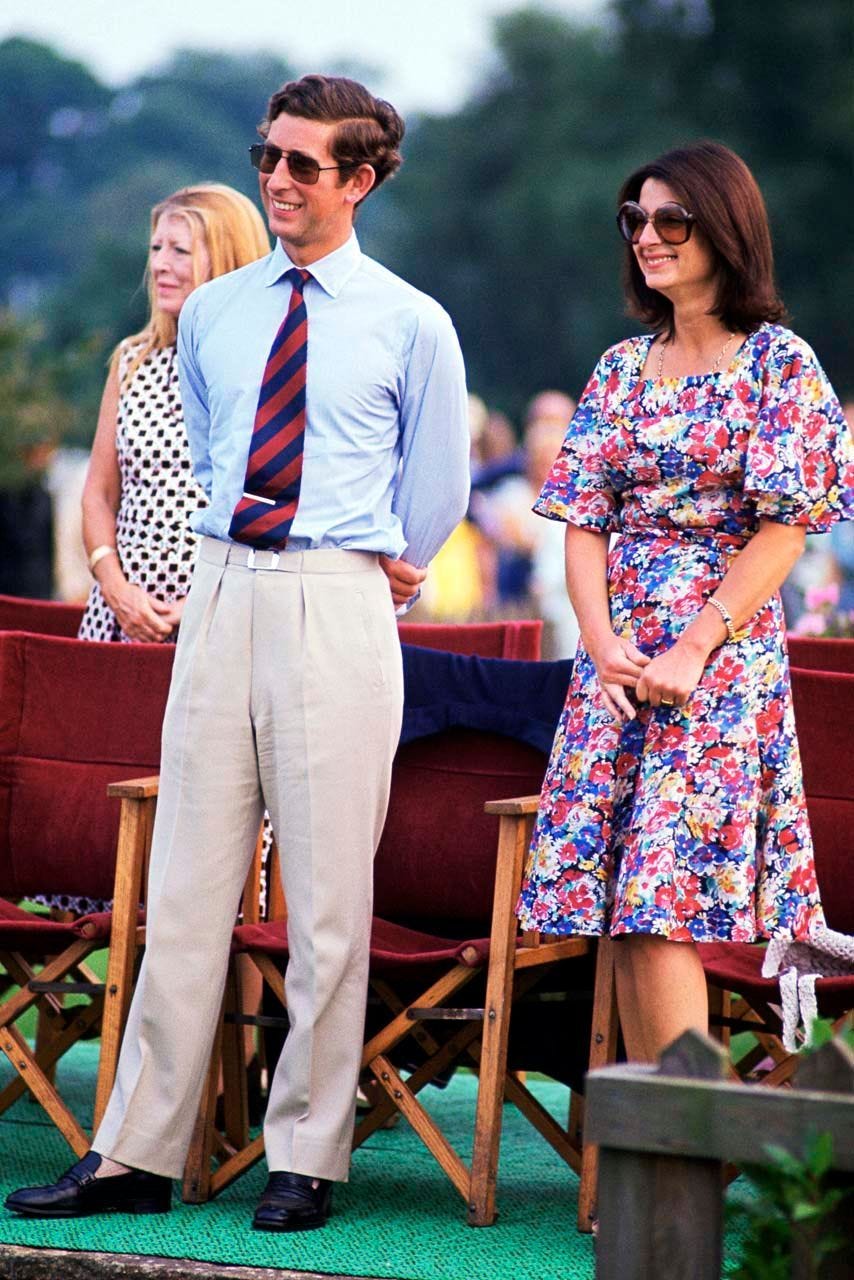4 Rules for Timeless Style
From the best-dressed man of the 20th century…
In December 1936, England’s King Edward VIII shocked the world by abdicating the throne to marry "the woman I love” — a twice-divorced American socialite. His decision brought the UK to the brink of constitutional crisis and polarized public opinion: some deemed choosing love over the crown to be beautifully romantic, others considered it a selfish dereliction of duty.
But while the public was split on the matter of Edward’s love life, there was one thing on which everyone agreed: the man knew how to dress. The Duke of Windsor, as he would later be known, inspired everyone from French aristocrats to American menswear columnists with his impeccable sense of style. Still to this day, both aesthetes and style enthusiasts alike frequently refer back to him as a pristine example of classic menswear principles.
So what was the Duke’s secret to always dressing so well? Contrary to popular belief, it wasn’t just good tailoring and expensive clothes. Rather, the Duke’s style was rooted in four fundamental principles that can be applied equally to both men and women.
Today, we examine each of the Duke of Windsor’s rules one-by-one, so you can learn how to always look your best no matter the time, place, or occasion…
Dressing like the Duke, Rule #1: Think Contrast
The colors of any given ensemble should exhibit the same degree of contrast as that manifested by one’s skin and hair tones, a person’s two primary color signposts.
-Alan Flusser, Dressing the Man
Good style isn’t about the clothes being worn, but the one wearing them. Who cares if people remember the cool tie you wore to a party, if they don’t remember you? With this in mind, it’s helpful to consider your clothing as the “frame” to the painting that is your face. And indeed, this work of art is powerful — it’s the point from which all your ideas, expressions, and emotions are broadcast to the world.
Each face has its own degree of contrast between hair, eyebrows, and skin tone. As a general rule of thumb, the clothes that compose the “frame” around your face should mirror the degree of contrast in your facial features. Actor Tyrone Power, for example, had a notably high-contrast face, and thus looked great in high-contrast black and white:
But what happens when he dulls down the contrast and dons a rather desaturated outfit? Suddenly his face loses its vibrancy, rendering his skin cold and almost vampire-like:
As for the Duke of Windsor, he understood he had relatively low-contrast facial features, and thus dressed accordingly. In the picture below, light blue, light-brown, and pastel yellow combine to make a smart, low-contrast frame for his face:
Wallis Simpson, the woman for whom Edward renounced the throne, had notably high-contrast features, and thus looks great here in vibrant red-on-white. Her face isn’t nearly as radiant, however, when she dons a low-contrast outfit, such as the one she wears in the shot below:
Here, the Duke’s black-and-white houndstooth jacket and off-white shirt (it’s not stark white, see Simpson’s pearl necklace for comparison) is relatively low-contrast, and his grey trousers bring the entire fit even more in line with his facial features. But what about the vibrant red tie dangling from his neck?
This is what brings us to the second principle of dressing well. If contrast is all about framing the painting that is your face, the next principle is about highlighting its most vibrant brushstrokes…
Dressing like the Duke, Rule #2: Think Color
Color influences first impressions more than any other aspect of attire. It can establish an emotional link between object and observer. When the face is surrounded by tonalities that invigorate and illuminate its presence, its ability to provoke immediate and marked reactions is amplified.
-Alan Flusser, Dressing the Man
Women seem to instinctively understand the importance of color in one’s wardrobe. Accompany your wife, sister, or daughter shopping, and you’ll inevitably see her hold up a dress under her chin to picture how she would look in it. But have you ever seen a man do the same with a dress shirt?
Color, however, isn’t just for the ladies. When it comes to looking your best, attention to color is equally as important as attention to contrast. Fortunately, it follows a similar principle: what is above gets reflected below.
The colors of your clothes can be used to highlight aspects of your skin tone in such a way as to make your face more vibrant and engaging. Great examples of this include wearing a tie that picks up a bit of ruddiness in the cheeks, or a scarf that echoes your hair color.
It’s a rule of thumb the Duke knew well, and he followed it to perfection:
Still the Prince of Wales when this photo was taken, here Edward dresses in full cognizance of his complexion: the brown tones of his jacket reflect the coloring of his hair, the pink shirt harmonizes with his skin tones, and the darker reds in the tie pick up on the shades of red in his cheeks. (Astute observers will also note the tie’s thin blue stripes recalling his eye color.)
To top it all off, the low-contrast of the outfit keeps in line with Rule #1, and renders the resulting ensemble far greater than the sum of its parts. By playing to his contrast and color, Edward has ensured that, notwithstanding the many elegant pieces that compose his outfit, the viewer’s attention is led where it ought to be led: to his face.
But does this mean that once you discern your complexion, you must always and forever stick to one color scheme? Of course not! Alan Flusser, author of the book that’s been quoted twice thus far, demonstrates another appropriate use of color in the photo below:
Alan’s pink shirt here reflects his face’s warm undertones, and the gray in his ascot serves as a perfect mirror to his shade of hair. The blue in his ascot then harmonizes with the darker blue in his jacket, which — it must be noted — is rendered lower-contrast thanks to its light blue patterned stripes.
Neither your color nor contrast are static, and indeed they often change with the seasons. Sun exposure, for example, tends to increase the degree of contrast in your facial features: it lightens your hair while darkening your skin. But since light reflects less off of tanned skin, the relative brightness of your features changes too — the whites of your teeth and eyes, as well as the natural redness of your lips or cheeks, now appear brighter by comparison.
The result is a phenomenon you’ve certainly observed yourself, even if you were never aware of it: people wear bright and vibrant colors at the beach. In this the Duke of Windsor was no exception, and while Governor of the Bahamas he was able to dress in ways he never would have been able to in England:
By following the Duke’s first two rules about color and contrast, you’ll be well on your way to sartorial elegance. But if they’re the only ones you follow, you’ll only get halfway there.
That’s because, in the words of author André Maurois, “the English know how to be truly casual, and therefore truly elegant.” And the secret to that effortless elegance all lies in the next two principles…












